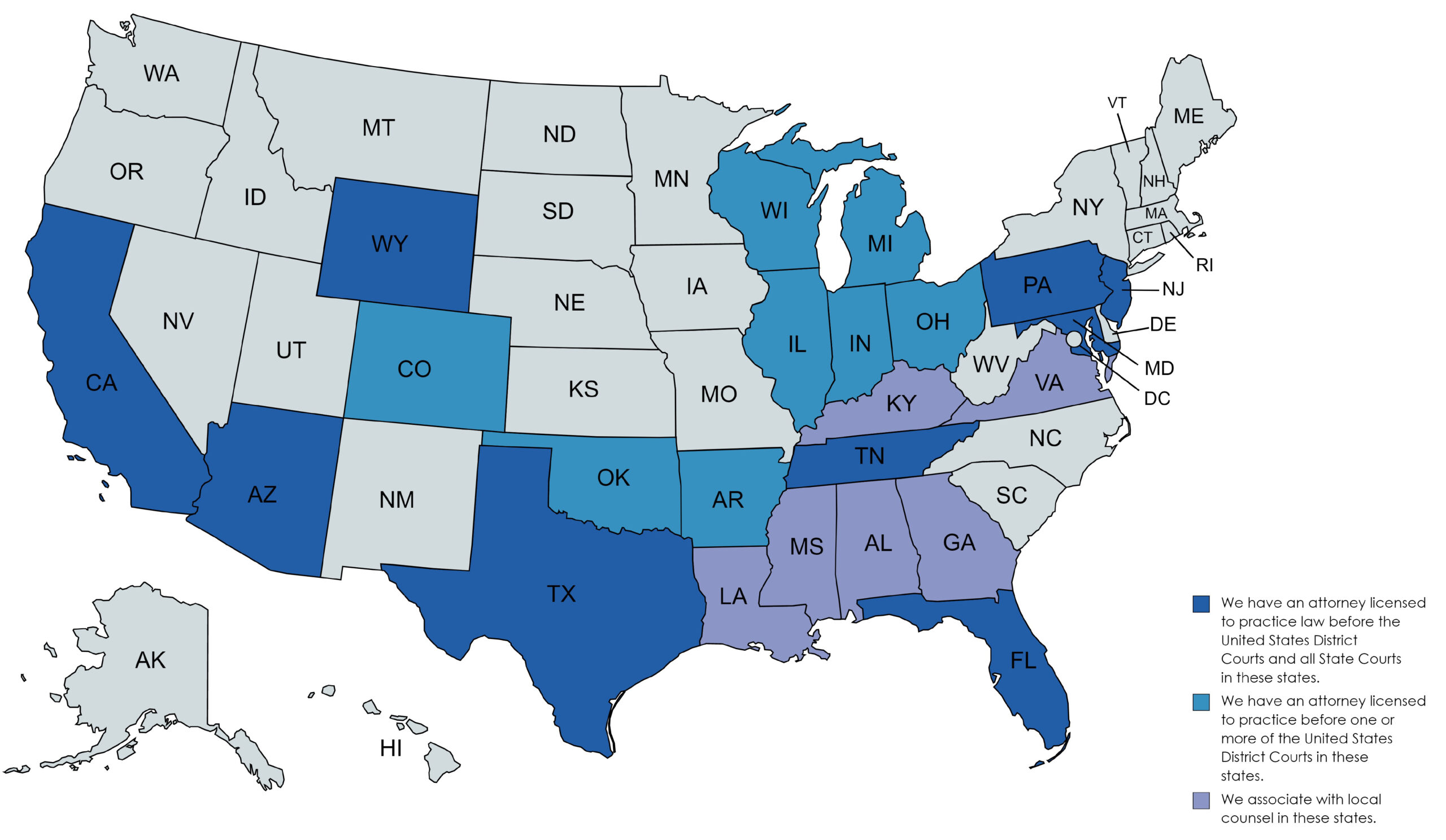Estate Planning
Funding Your Trust
Free Consultation Available
How to Fund (or “Settle”) Your Trust
Asset by Asset
Getting the paperwork right is just as important as drafting the trust itself.
1. Real Estate
Prepare a new deed—usually a Quit-Claim or Warranty Deed—from you as current owner to you as trustee.
Include the full trust name and date (e.g., “Jane Doe, Trustee of the Jane Doe Revocable Living Trust dated 5/1/2025”).
Record the deed with the county recorder and pay any required transfer or recording fees.
Update homeowner’s insurance to list the trust as an additional insured.
Watch-out: Some lenders require notice or consent; transferring mortgaged property rarely triggers the “due-on-sale” clause for revocable trusts, but always confirm.
2. Bank & Credit-Union Accounts
Visit the branch (or use its trust department form).
Retitle the checking, savings, CDs, or money-market accounts into the trust’s name.
For convenience, open a small “pocket” checking account outside the trust to pay day-to-day bills if you like.
3. Brokerage & Mutual-Fund Accounts
Ask the brokerage for its “trust account application”—each firm has its own.
Provide a copy (or certification) of the trust and the trustees’ IDs.
Retitle the entire account; individual stocks/bonds inside will automatically follow.
Update cost-basis records if your trust is irrevocable and you transferred assets as a gift.
4. Retirement Plans (401(k), IRA, 403(b))
Do not retitle the account itself.
Instead, file a new beneficiary designation naming:
Individual(s) directly or
The trust (often a special “conduit” or “accumulation” trust) if you need post-death control.
Verify that the plan administrator accepts trust beneficiaries and that the trust qualifies for “look-through” treatment to preserve stretch-out rules.
5. Life Insurance & Annuities
Change the primary or contingent beneficiary to the trust if you need asset-management protections or to coordinate estate-tax planning (e.g., credit-shelter or ILIT strategies).
Keep the owner as you or shift ownership to an Irrevocable Life-Insurance Trust if tax reduction is the goal.
6. Business Interests
LLC/Partnership units: execute an assignment of interest and update the company’s operating agreement or member ledger.
Closely held corporation: reissue stock certificates to the trust and record in the corporate minute book.
S-Corp caveat: Only certain trusts qualify as shareholders (e.g., QSST or Electing Small Business Trust).
7. Vehicles
Many states allow a streamlined DMV title transfer to “Your Name, Trustee, [Trust Name]”.
Consider leaving daily-driver cars outside the trust and use a Transfer-on-Death (TOD) registration, if available, to avoid insurance-rate hassles.
8. Personal & Digital Property
Tangible items (furniture, jewelry, art): sign a “general assignment” of personal property into the trust; list high-value items separately for insurance riders.
Digital assets: add a digital-asset clause and update online account settings where platforms permit a “legacy contact” or trustee access (e.g., Apple, Google).
9. Cash & Promissory Notes
Endorse checks “Pay to the order of [Trust Name]” and deposit into the trust’s bank account.
Assign any loans owed to you (promissory notes, mortgages) by executing an allonge or assignment to the trust.
10. Keep Proof & Stay Organized
| Task | Document to Retain | Where to Store |
|---|---|---|
| Deeds recorded | Copy of recorded deed & receipt | Trust binder + cloud backup |
| Financial accounts | Confirmation letters/statements | Binder/tab for each institution |
| Beneficiary forms | PDF or hard copy | “Beneficiary Designations” tab |
| Business transfers | Assignments, amended ledgers | Corporate records book & trust binder |
Final Checklist
Pour-Over Will filed—captures stray assets.
Trustee certificates ready—proves authority without disclosing full trust.
Schedule A (list of trust assets) updated after each transfer.
Review every 3–5 years or after major life changes to ensure new assets are titled correctly.
Tip: Funding is ongoing—each time you acquire a new asset, ask, “Should this be titled in my trust or name the trust as beneficiary?”
Consult your attorney or tax advisor before moving assets; mishandling titles or timing can void creditor protection, trigger tax consequences, or complicate estate administration.



